Description

Parameter Specifications
- Power Supply
The FBM201 operates on a 24V DC power supply. The power consumption is approximately 8 – 12W, which is energy – efficient for continuous operation in industrial environments. - Input/Output Channels
- Digital Inputs: It is equipped with 16 digital input channels. These inputs are designed to interface with various digital sensors such as proximity sensors, limit switches, and photoelectric sensors. The input voltage range is 18 – 30V DC, ensuring compatibility with common industrial sensors.
- Digital Outputs: There are 16 digital output channels. Each output channel can handle a resistive load of up to 2A and an inductive load of up to 1A. This allows it to control devices like relays, solenoid valves, and small – sized motors.
- Communication Interface
The FBM201 supports communication with the main control system through a specific fieldbus interface. The communication protocol is optimized for high – speed and reliable data transfer, enabling real – time monitoring and control. The data transfer rate can reach up to a certain value (e.g., depending on the fieldbus standard), which ensures timely response to input changes. - Isolation
It features electrical isolation between the input/output channels and the power supply, as well as between different input/output channels. This isolation helps prevent electrical interference and protects the module and connected equipment from damage.
Uses
- Industrial Automation
In manufacturing plants, the FBM201 can be used to monitor and control the operation of production lines. For example, it can detect the presence of workpieces on a conveyor belt through digital inputs and control the movement of robotic arms or the start/stop of processing machines via digital outputs. - Building Automation
In commercial buildings, it can manage building systems such as lighting, ventilation, and access control. By connecting to occupancy sensors and door sensors, it can automatically adjust the operation of these systems based on the building’s usage. - Power Generation and Distribution
In power plants and substations, it can monitor the status of electrical switches and breakers through digital inputs. Based on the monitored data, it can send control signals via digital outputs to ensure the safe and stable operation of the power grid.
Weight and Dimensions
- Weight
The FBM201 weighs approximately 1 – 1.5 kg, which is relatively light, facilitating easy installation and handling. - Dimensions
It has a compact design with dimensions around 150mm (length) x 120mm (width) x 50mm (height). This allows it to be easily installed in standard control cabinets or on DIN rails.
Characteristics
- High – Density I/O
With 16 digital inputs and 16 digital outputs in a single module, the FBM201 provides a high – density I/O solution, reducing the number of modules required in a system and saving installation space and cost. - Reliable Communication
The dedicated fieldbus interface ensures reliable and high – speed communication with the main control system, enabling real – time data transfer and control. - Electrical Isolation
The electrical isolation enhances the stability and reliability of the module, reducing the risk of electrical interference and damage.
Stability and Reliability
- Robust Construction
The FBM201 has a durable housing and high – quality electronic components, enabling it to withstand harsh industrial environments, including high levels of vibration, dust, and temperature variations. - Fault Tolerance
It is designed with certain fault – tolerance mechanisms. In case of a single – point failure in an input/output channel, the module can still maintain normal operation in other channels, ensuring the overall stability of the system. - Long – Term Testing
The module has undergone extensive long – term testing under various operating conditions to ensure its stability and reliability over an extended service life.
Actual Cases
- Automotive Assembly Line
In an automotive assembly line, the FBM201 was used to control the movement of a conveyor system. It received signals from sensors that detected the position of car parts on the conveyor and controlled the speed and direction of the conveyor via digital outputs. This ensured the smooth flow of the assembly process and improved production efficiency. - Commercial Building Lighting Control
In a commercial building, the FBM201 was installed to manage the lighting system. It was connected to occupancy sensors in different areas of the building. When an area was occupied, the occupancy sensor sent a signal to the digital input, and the FBM201 turned on the lights via the digital output. When the area was unoccupied, the lights were turned off, resulting in significant energy savings.




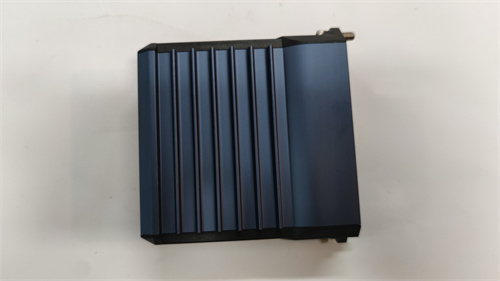
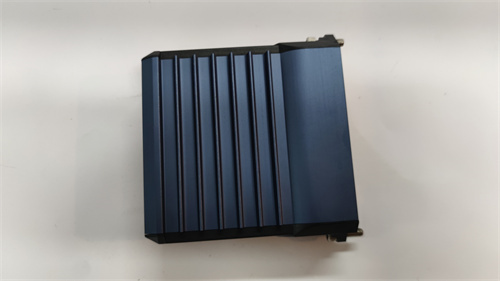


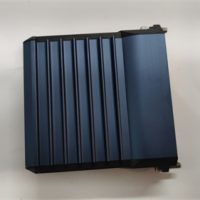
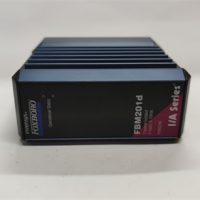
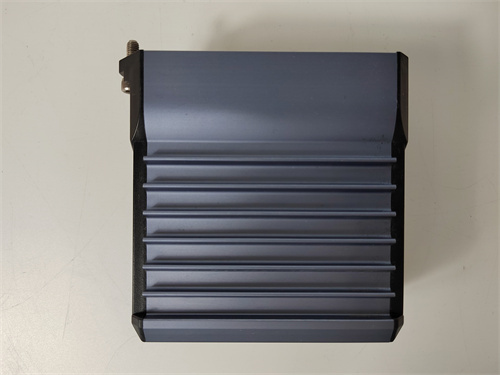
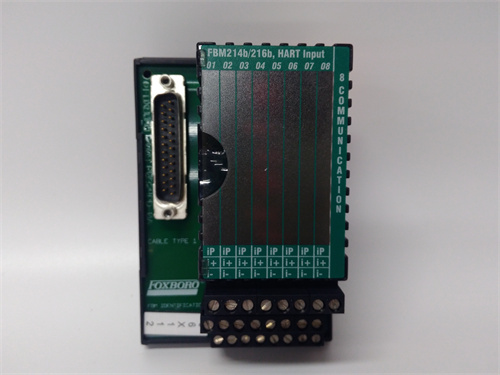

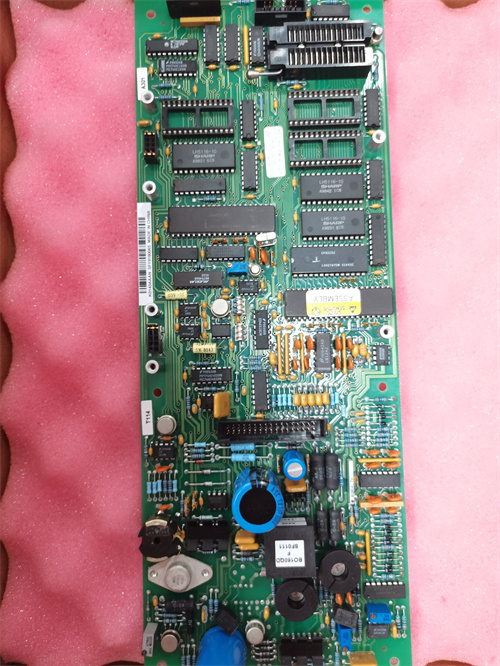


Reviews
There are no reviews yet.